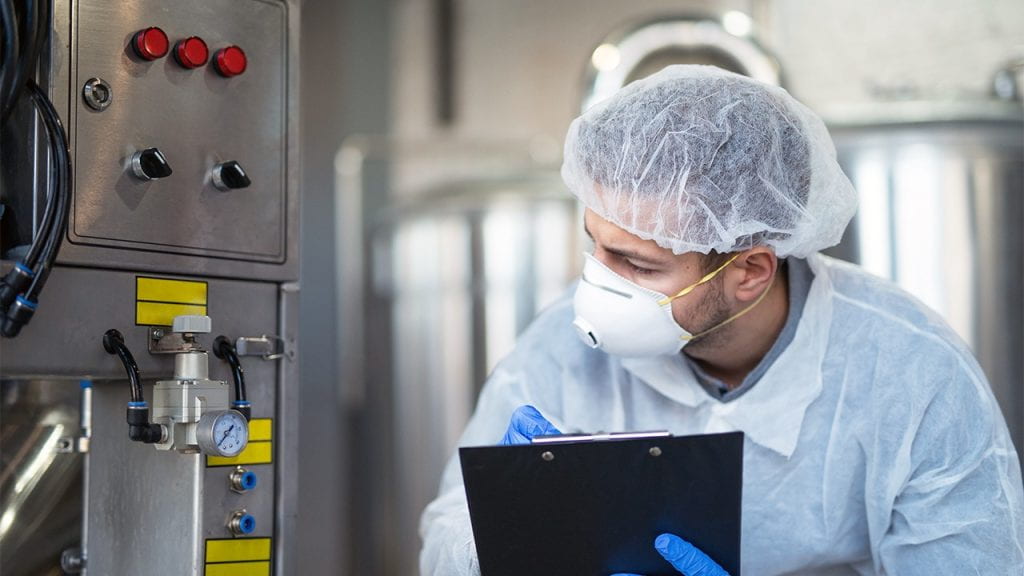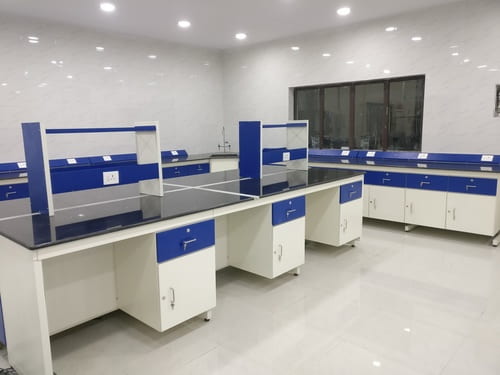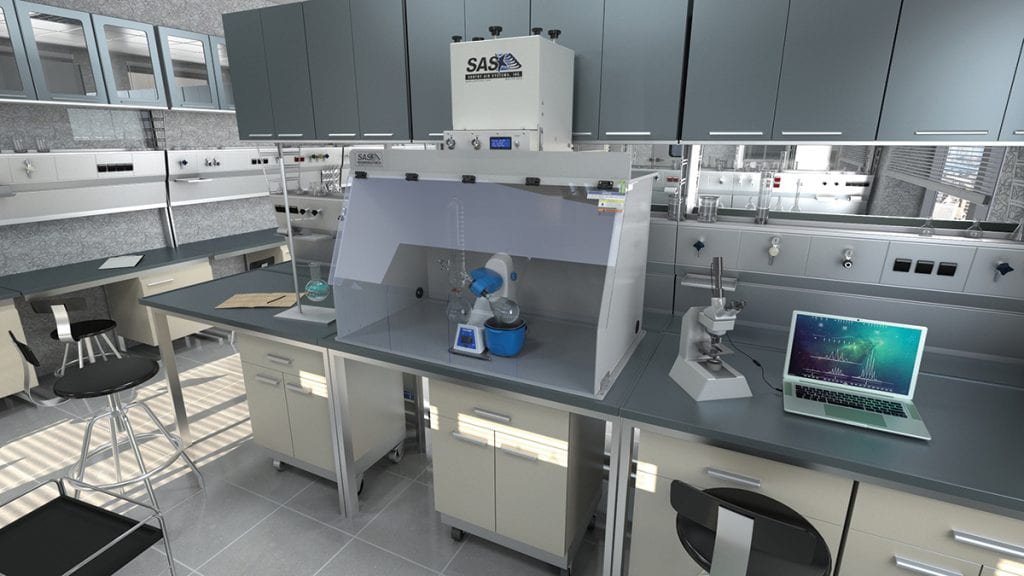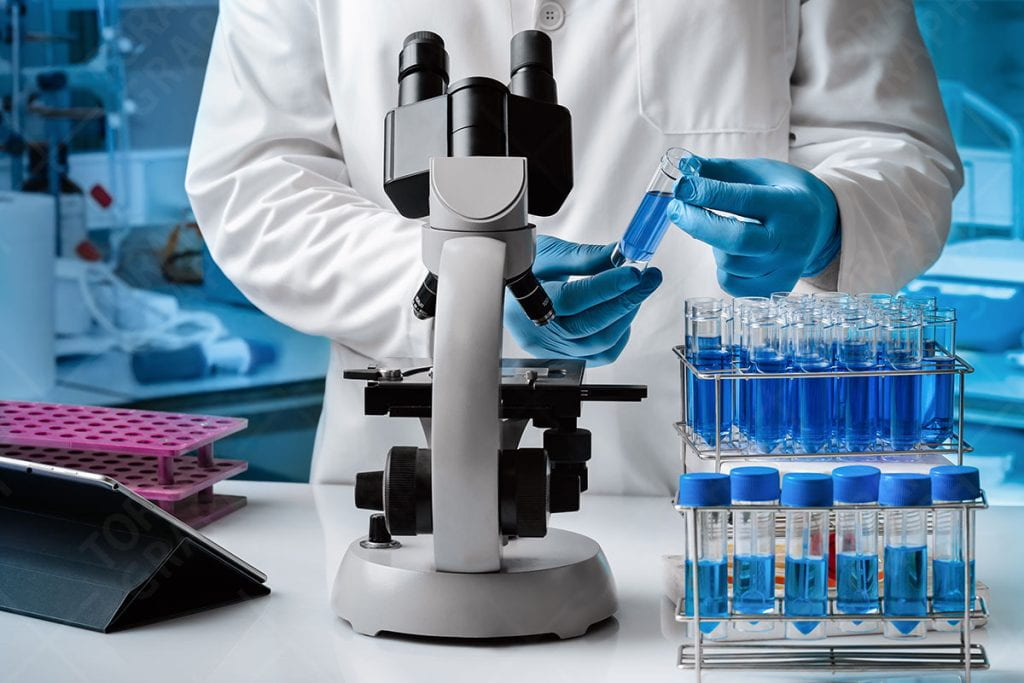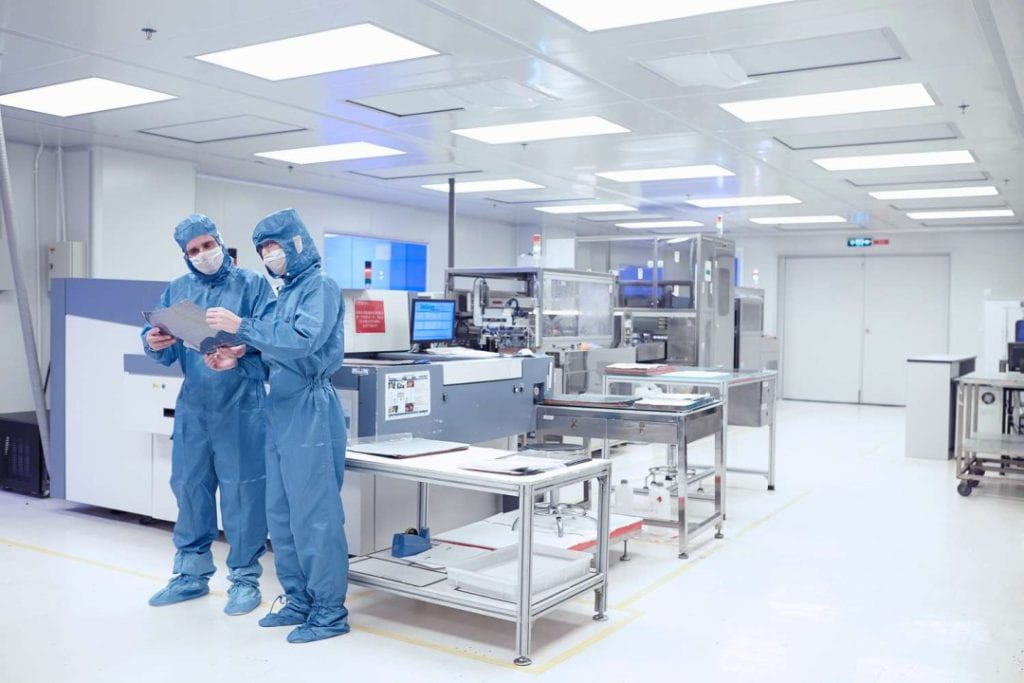
In pharmaceutical manufacturing, maintaining a sterile and controlled environment is essential to ensure product quality, safety, and compliance with regulatory standards. Cleanrooms play a pivotal role in this process, providing the necessary conditions to protect products from contamination. Cleanrooms construction and installation are critical to achieving the desired level of cleanliness and control in pharmaceutical manufacturing facilities. This article will explore the role of cleanrooms in pharmaceutical manufacturing and the key considerations in cleanrooms construction and installation.
1. What is a Cleanroom?
A cleanroom is a controlled environment with low levels of airborne particles, temperature regulation, and humidity control. It is designed to minimize contamination and is used in industries where precision and sterility are vital, such as pharmaceuticals, biotechnology, and electronics. Cleanrooms are categorized based on the level of cleanliness required, with stricter environments being essential for the production of pharmaceuticals, where even a small particle can compromise product integrity.
2. Why Cleanrooms Are Essential in Pharmaceutical Manufacturing
Pharmaceutical manufacturing involves the production of medicines, vaccines, and other health-related products that must meet rigorous quality and safety standards. Contamination from dust, microbes, or particles can result in defective products, unsafe drugs, or compromised treatments, which can have serious health implications. Cleanrooms serve to:
- Prevent Contamination: By controlling particulate matter, microbial growth, and pollutants, cleanrooms reduce the risk of contamination that could compromise product quality.
- Maintain Product Integrity: In pharmaceuticals, maintaining sterility is crucial. Cleanrooms help maintain the required cleanliness levels for manufacturing products such as injectables, sterile devices, and aseptic medicines.
- Comply with Regulatory Standards: Pharmaceutical manufacturing is subject to stringent regulations from health authorities such as the FDA and EMA. Cleanrooms meet the ISO standards (e.g., ISO 14644–1) for air quality and contamination control.
- Enhance Worker Safety: Cleanrooms also protect workers by ensuring that hazardous substances or chemicals are controlled, reducing the risk of exposure to dangerous materials.
3. Key Considerations in Cleanrooms Construction and Installation
When constructing and installing a cleanroom for pharmaceutical manufacturing, there are several factors to consider:
a. Design and Layout
The cleanroom’s design should optimize workflow and minimize the chances of contamination. The layout should incorporate features such as airlocks, pass-through chambers, and unidirectional airflow to prevent cross-contamination. The air handling system must be designed to ensure that air flows from clean to less clean areas, with appropriate pressure differentials to keep contaminants out.
b. Air Quality and Filtration
Air quality is the most critical aspect of cleanroom construction. Air is filtered through HEPA (High-Efficiency Particulate Air) or ULPA (Ultra-Low Particulate Air) filters to remove particulate matter, bacteria, and viruses. The filtration system must be carefully calibrated to ensure that the air within the cleanroom is free from contaminants that could jeopardize the manufacturing process.
c. Materials and Surfaces
The materials used in cleanroom construction are chosen for their ability to prevent contamination and withstand cleaning processes. Surfaces should be smooth, non-porous, and easy to disinfect. The flooring should be seamless to avoid any accumulation of dirt and debris. The walls, ceilings, and equipment used in the cleanroom must also meet specific cleanliness standards.
d. Temperature and Humidity Control
Temperature and humidity levels must be controlled to maintain optimal conditions for pharmaceutical manufacturing. Cleanrooms for pharmaceutical production typically maintain a consistent temperature (usually between 18°C to 24°C) and relative humidity levels (usually between 30% to 60%). Fluctuations in temperature or humidity can compromise the quality of sensitive products.
e. Compliance with Standards
Pharmaceutical cleanrooms must comply with international standards such as ISO 14644, which defines the classification of air cleanliness and the required cleanliness levels based on the number of particles per cubic meter. Additionally, the U.S. FDA and European Medicines Agency (EMA) have stringent guidelines for the construction and operation of pharmaceutical cleanrooms, ensuring that the facility meets regulatory requirements.
f. Cleanroom Equipment
Various specialized equipment, including air handling units (AHUs), laminar flow hoods, and temperature sensors, are used to maintain the sterile environment within a cleanroom. The installation of these systems requires expertise to ensure they function properly and comply with cleanroom standards.
g. Maintenance and Monitoring
Once a cleanroom is constructed, it is important to maintain its integrity. Regular monitoring of air quality, temperature, humidity, and pressure differentials is necessary to ensure that the cleanroom continues to function at optimal levels. Routine cleaning and servicing of filtration systems, HVAC units, and surfaces are essential for long-term performance.
4. The Installation Process: Steps to Cleanrooms Construction
The installation of a cleanroom involves several key steps, each requiring careful planning and attention to detail:
- Planning and Design: A team of experts designs the cleanroom based on the specific needs of the pharmaceutical facility, considering factors like space, contamination control, and regulatory requirements.
- Construction: Construction involves building the cleanroom structure, including walls, floors, and ceilings. Special attention is given to air circulation, access points, and materials selection.
- Installation of HVAC and Filtration Systems: A specialized HVAC system is installed to ensure proper airflow and filtration. HEPA or ULPA filters are integrated into the air handling system to guarantee the required air cleanliness level.
- System Testing and Validation: Once the cleanroom is built, it undergoes thorough testing to ensure it meets cleanliness standards and regulatory compliance. Airflow, filtration efficiency, and room pressure are all evaluated.
- Commissioning: After validation, the cleanroom is commissioned for use. Operators are trained on proper procedures for maintaining the cleanroom environment and handling equipment.
5. Conclusion
Cleanrooms play a crucial role in pharmaceutical manufacturing by ensuring that products are produced in a contamination-free environment, which is essential for maintaining quality and safety standards. Cleanrooms construction and installation are complex processes that require careful planning, design, and compliance with regulatory requirements. By investing in high-quality cleanroom construction and installation, pharmaceutical manufacturers can ensure that their products meet the highest standards of safety and efficacy, protecting both consumers and the reputation of the industry.
If you’re considering building or upgrading a pharmaceutical cleanroom, ensure you work with experienced contractors who specialize in cleanroom design and installation to meet your specific needs.
Reference Link(OriginallyPosted):https://medium.com/@ziebaq/the-role-of-cleanrooms-in-pharmaceutical-manufacturing-3c4c7f9eea4b


